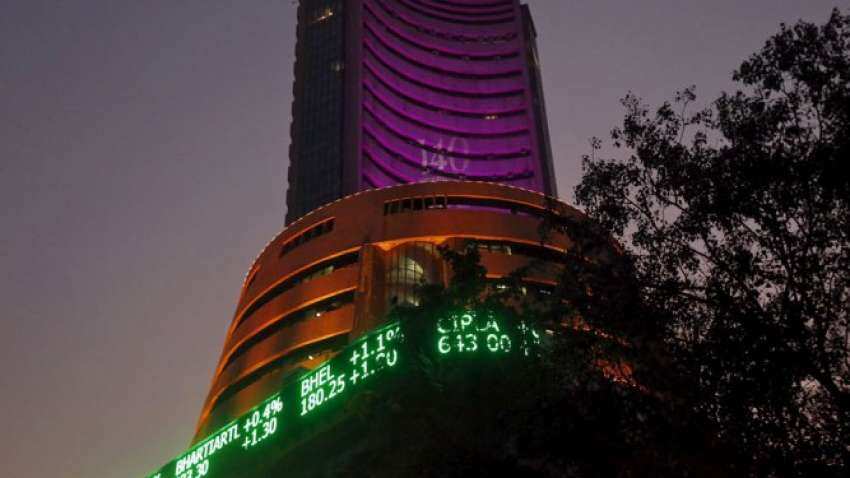Definition Of SENSEX : –
The Sensex is an Indian stock market index, a weighted average of 30 major BSE stocks, used to track market performance and assess the health and direction of the Indian economy.

History Of Sensex :-
The Sensex, introduced by the Bombay Stock Exchange in 1986, measures the performance of the Indian stock market using a free-float market capitalization methodology, considering only available shares for calculation.
The Sensex comprises 30 stocks chosen based on market capitalization, trading volume, and sector representation, deemed leaders in their respective sectors and widely monitored by investors.
The Sensex is calculated by dividing the market capitalization of all 30 constituent stocks by a predetermined base value, which is adjusted periodically for stock splits, bonus issues, or rights issuances.
The Sensex, a real-time indicator of the Indian stock market, provides crucial data for investors, policymakers, and analysts to gauge the economy’s health and direction.
Top Companies In Sensex :-
The Sensex, comprising the largest and most influential Indian stock market companies, is comprised of the following top constituents as of the most recent update.
- Reliance Industries Limited
- Tata Consultancy Services Limited
- HDFC Bank Limited
- Infosys Limited
- Housing Development Finance Corporation Limited (HDFC)
- ICICI Bank Limited
- Larsen & Toubro Limited
- Bharti Airtel Limited
- Kotak Mahindra Bank Limited Hindustan Unilever Limited
The Indian economy’s diverse companies include information technology, banking, telecommunications, and manufacturing, with the Sensex composition influenced by corporate actions, market performance, and index rebalancing.
How to Determine if Companies are Removed from Sensex?
The Bombay Stock Exchange’s Index Maintenance Sub-Committee reviews companies on a semi-annual basis, based on factors like market capitalization, trading volume, and sector representation. Changes can occur more frequently if necessary. The aim is to accurately reflect the Indian stock market’s performance.
How are Sensex companies chosen?
Companies are chosen to be included in the Sensex on the basis of a number of criteria set by the BSE’s index maintenance sub-committee. These criteria generally include:
The Sensex index is based on factors such as
• Market Capitalization,
• Trading Volume,
• Sector Representation,
• Financial Performance
Companies with higher market capitalization are preferred, while those with higher trading volumes are considered more liquid. The index includes companies from various sectors, providing a comprehensive market snapshot. The Index Maintenance Sub-Committee selects companies for inclusion in the Sensex, ensuring it accurately represents Indian stock market performance and serves as a reliable benchmark for investors.
How many sectors are represented in Sensex?
The Sensex index represents various sectors of the Indian economy, including companies from various sectors as of the last update.
- Information Technology
- Banking
- Financial Services
- Consumer Goods
- Healthcare
- Energy
- Automobile
- Telecommunications
- Manufacturing
- Pharmaceuticals
- Infrastructure
The Sensex represents key Indian economy sectors, providing a comprehensive market performance overview, though these sectors may change over time due to index composition changes.
Which business has been listed on the SENSEX since its launch?
State Bank of India (SBI) has consistently ranked high in the SENSEX index since its inception in 1986, marking its unique position in the index.


